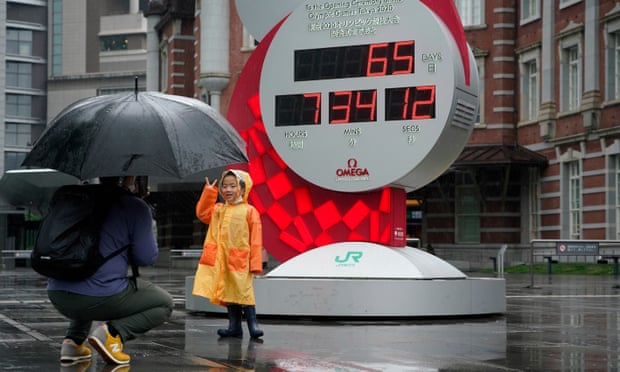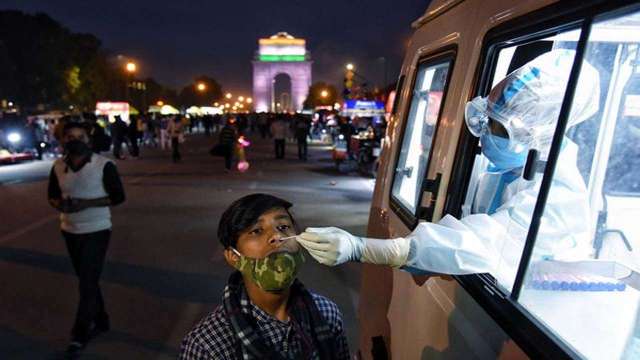COVID DIPLOMACY, HAS INDIA LOST?
The talk of the last two weeks has been all about Oxygen condensers. NRIs around the world have been busy fund-collecting to send condensers to their state or village. They have more or less depleted O2 condenser stocks everywhere including China. It seems every condenser in the world is being shipped to some corner of India. Soon India will have more Oxygen production than the Amazon. Unfortunately, this Oxygen will still have a lot of pollution to live along with.
China has decided to take advantage and engage in condenser politics. It has stopped its manufacturing companies from shipping condensers to India without permission. After the first few months, China has had a fairly profitable Covid. It has been helpful to many developing countries with supplies of PPPs such as masks and space suits etc. It has sent medical equipment for ITU care. It has been generous with its homegrown vaccine given to many African and South American countries. It’s standing in the developing world as a helpful partner, while the USA, EU, and the UK have been battling with their own Covid, which has put many countries in its orbit if not political debt.
Russia too has been playing Covid politics. The sputnik vaccine is not to be confused with the Sputnik mission that sent satellites to orbit in space. The sputnik vaccine has instead been orbiting into countries on earth and winning Russia a lot of friends too. Sputnik has also gone into India.
PM Modi, nurturing superpower status, also tried Covid diplomacy. Unfortunately, it caused resource shortage in India as the new variant spread faster than the high-speed train on the BJP government’s agenda. Promises had to be broken and India has come out worse in Covid diplomacy. Instead, countries have been sending vaccines and equipment to India. Hopefully, memories will be short and other developing countries will be forgiving. The Modi Government can have another stab another day at building its superpower status.
There is hope. India can rise out of this diplomatic own goal. On its side are the big hitters, USA and UK who both want India to be their lance corporal against Chinese expansion. They will give a lift to India soon as matters settle down. PM Modi probably knows this.
THE REAL ROYAL OPERA
There is the Royal Opera and there is the Real Royal Opera in UK. The Royal Opera hosts prestigious operas. But the Real Royal Opera is the Royal Family itself. It provides endless entertainment, heartbreaks, drama and passionate media outbursts not only to the British nation, but to many avid royal fans around the world including front page stories in Indian newmedia.
The current episode is between the Royal family that likes to be portrayed as perfect human beings on earth with no flaws and the BBC that likes to promote the myth of the flawless objective, impartial media institution that sets standards for rest of the world, at least in its own mind. Trouble is both are as flawed as rest of human society.
It was the late Prince Phillip who persuaded the Queen that the whole family should become an extended tribe of gods. So instead of a constitutional monarch, Britain has a constitutional Royal Family. An individual can be controlled but a whole family is another matter. They have passions for others, they have adulterous affairs, they can be on the take, they say absurd things at times and they do stupid things at times (Prince Andrew and those underage prostitutes). And the media love these imperfections.
At one time Monarchs had to sniff out treasons, palace coups, murders and poisonings. Now they have a cosy life on the taxpayers’ expense. All they have to do is to watch out for the media. Thpublic likes drama for its money, wondering whether the Royal totem will fall apart and leave a big hole in their lives. However the Royal scriptwriters take the family through to a safe landing.
The BBC is like every other media corporation, competing to have ratings and sensationalising stories to catch public attention. Its journalism is only as independent as the State permits it. To give impression of independence it has a free for all on domestic issues but is carefully calibrated on foreign issues (anyone remember fake videos to justify Iraq war?). Almost all its money comes from a State enforced TV licence and UK Foreign Office.
Coming back to the Right Royal Opera. Some Lord was commissioned to find out whether the BBC journalist Martin Bashir attained the interview of the century with Princess Diana (now deceased) where she revealed her husband was having an affair, by stealth or deception. What! How many journalists does anyone know who call a VIP and say, ‘Hi I want to do an interview to blow your life apart. When can you meet?’ That interview led to Charles and Diana’s divorce.
So this Lord has gone about asking just this question. Was the journalist as straightforward as a doctor telling a patient that his leg needs to come off.]!
Of course, the years of painstaking inquiry by Lord Dyson, an ex-judge, has come back as ‘No’. the journalist was a weasel who persuaded Diane to do an interview by apparently forging a few documents etc. These were MI 5 documents. I bet MI 5 planted them in Bashir’s way anyway. Often the British intelligence has its own ideas on what is good for the Royal family and then denies culpability.
The British and international media, including Indian, has gone into a state of born again saints. Every little media worth a few readers to the big ones and even the BBC itself, are yelling,’ NO, cant be, a journalist getting an interview with deception tactics! Never happened before’. The most appalled seem to be the British media that was engaged in phone hacking, trolling, paying for stories etc.
And the Royal Family is ‘raging’, trying to hang the divorce and Diana’s death on this poor journalist, who was just being a journalist. While her kids have had enough romping around, they don’t expect their parents to have any desires apart from being perfect for them like all kids. In the west, half the kids grow up in families that have split because one or another parent has had an adulterous relationship. But it comes as a shocker to the royal boys!
That Princess Diana was pushed into an arranged marriage and so was Charles, that Charles already had an eye on someone else and carried on with her on the side, that Diana had affairs and that it was best for all to divorce, Charles to get on with the love of his life and Diane to find another partner, seems all buried in the current media frenzy of mythical honesty.
Why the kids, Prince Harry and Prince Williams, seem to be trying to hang their mother’s life and death on this journalist who was just being a journalist, seems even more bizarre. 70% of the British public believe that she was killed by the intelligence services to stop her marriage to an Egyptian (non-believer).














